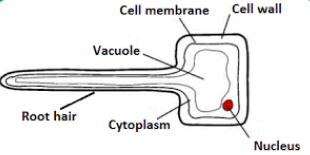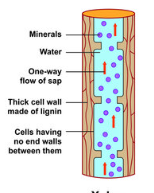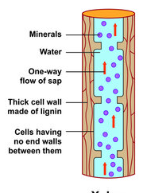B2a Animal & Plant Tissues
1/38
There's no tags or description
Looks like no tags are added yet.
Name | Mastery | Learn | Test | Matching | Spaced |
|---|
No study sessions yet.
39 Terms
Give examples of tissues
muscle tissue, nervous tissue
Give examples of organs
heart, stomach, brain
Give examples of organ systems
digestive system, nervous system
What does the digestive system do?
Breaks down and absorbs food
What are enzymes?
Large molecules (proteins) which act as biological catalysts in living organisms
Why do enzymes usually only speed up one reaction?
the shape of the enzyme's active site only matches the reactants for one reaction
How would you test food to see if it contains sugars?
The Benedict's test
A + result will be yellow-orange
How would you test food to see if it contains starch?
The iodine test
A + result will be black-purple
How would you test food to see if it contains protein?
The Biuret Reagent test
A + result will be a shade of purple.
What are the blood vessels that carry blood away from the heart called?
The aorta and the pulmonary artery
Why does the heart have valves?
to make sure blood flows in the right direction (stop it flowing backwards)
What are the three types of blood vessel called?
arteries, veins, capillaries
What does blood contain?
plasma with red blood cells, white blood cells and platelets in it
What do red blood cells do?
carry oxygen
What do white blood cells do?
they help the body fight infection
Name six types of plant tissue
epidermal tissues
palisade mesophyll
spongy mesophyll
xylem
phloem
meristem tissue
Where is plant epidermal tissue found?
It covers the whole plant
How would you test food to see if it contains fats?
The Ethanol test
A + result will be cloudy
What do root hair cells do? (2)
absorb water by osmosis
absorb mineral ions by active transport




What does phloem tissue do?
transports dissolved sugars from the leaves to the rest of the plant for immediate use or storage

What are the blood vessels that carry blood to the heart called?
The vena cava and the pulmonary vein